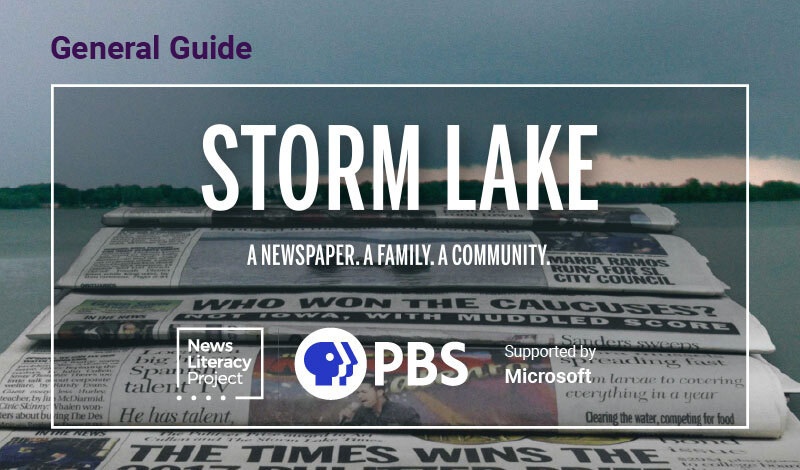
News Goggles: Karena Phan, The Associated Press
This week, we talk to Karena Phan, a reporter for the news verification team at The Associated Press. Phan
News Goggles annotations and activities provide news literacy takeaways on timely topics. These resources feature examples of actual news coverage, including full news reports, headlines, breaking news alerts or excerpts.
This video originally appeared in the March 7, 2022, issue of The Sift® newsletter for educators, which explores timely examples of misinformation, addresses journalism and press freedom topics and examines social media trends and issues. Read archives of the newsletter and subscribe here. Stock music in this video was provided by SoundKit from Pond5.
Misinformation thrives during major news events and can spread rapidly on social media by tapping into people’s beliefs and values to provoke an emotional reaction. Pushing back against falsehoods in today’s information environment is no small task, but a few simple tools can go a long way in the fight for facts. This week, we talk to Seana Davis, a journalist with the Reuters Fact Check team, about her work monitoring, detecting and debunking false claims online.
Misinformation often stems from “a grain of truth,” Davis said. “So it’s all about trying to weed out what is true and what is not.”
Davis sheds light on some common ways that viral falsehoods spread — including through miscaptioned videos and digitally altered headlines — and demonstrates how to fact-check false claims like a pro, using digital verification techniques such as reverse image search and advanced searches on social media. Grab your news goggles!
Resources:
Dig deeper: Use this viewing guide for the featured News Goggles video to help students examine how to recognize and debunk some common types of misinformation online.
Have feedback about this resource? Or an idea for a future News Goggles? Please share it with us at [email protected].
This week, we talk to Karena Phan, a reporter for the news verification team at The Associated Press. Phan


Student voices are catalysts for positive change in schools and communities. You can empower them to be well-informed and


This discussion guide serves as a companion for adult learners and community members viewing the PBS documentary Storm Lake.


Misinformation is always problematic, but when it appears alongside family updates on social media, it can be especially frustrating.


Elections are the lifeblood of democracy, but political campaigns are often rancorous, controversial and polarizing events. As if the



